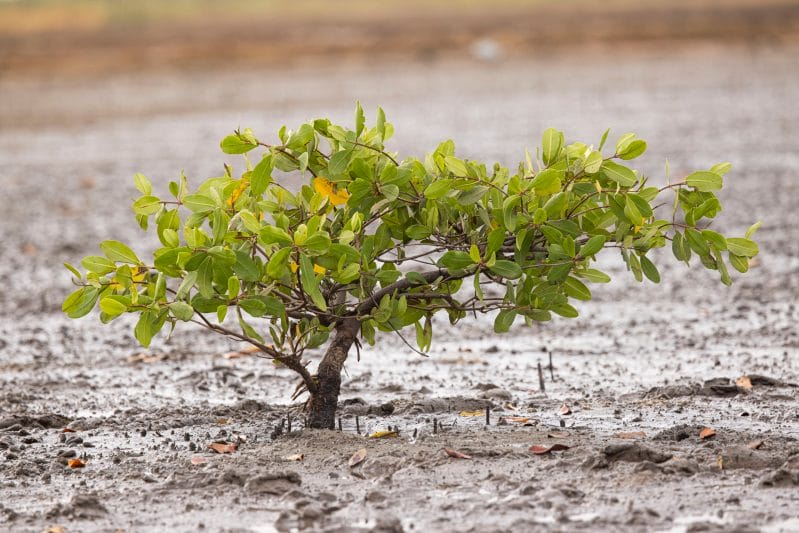Louis Oosterlynck focused on studying the relationship between biodiversity, forest productivity and the ‘stability’ of forests. A ‘stable’ forest is generally more resilient to factors such as disease, invasive species and disturbance. Though the degree to which biodiversity affects forest stability is still under debate, the current global biodiversity crisis and the need to manage forests for climate change mitigation makes this an important area of research.
To understand which factors influence forest stability in Desa’a, Louis conducted a forest inventory. He assessed the diversity of tree species in different areas and analysed this data using satellite information on forest canopy ‘greenness’ from 2000 to 2018.
Louis found that the most important factors influencing forest stability in Desa’a were biodiversity, precipitation levels, and proximity to the nearest road or settlement. Areas of forest with higher plant biodiversity were found to have higher resistance and resilience to disturbance and are therefore more stable systems. Forest areas further away from a road or human settlement were also found to be more stable, likely this is because they are less impacted by human disturbance.
Find more information on Louis and his research here.















